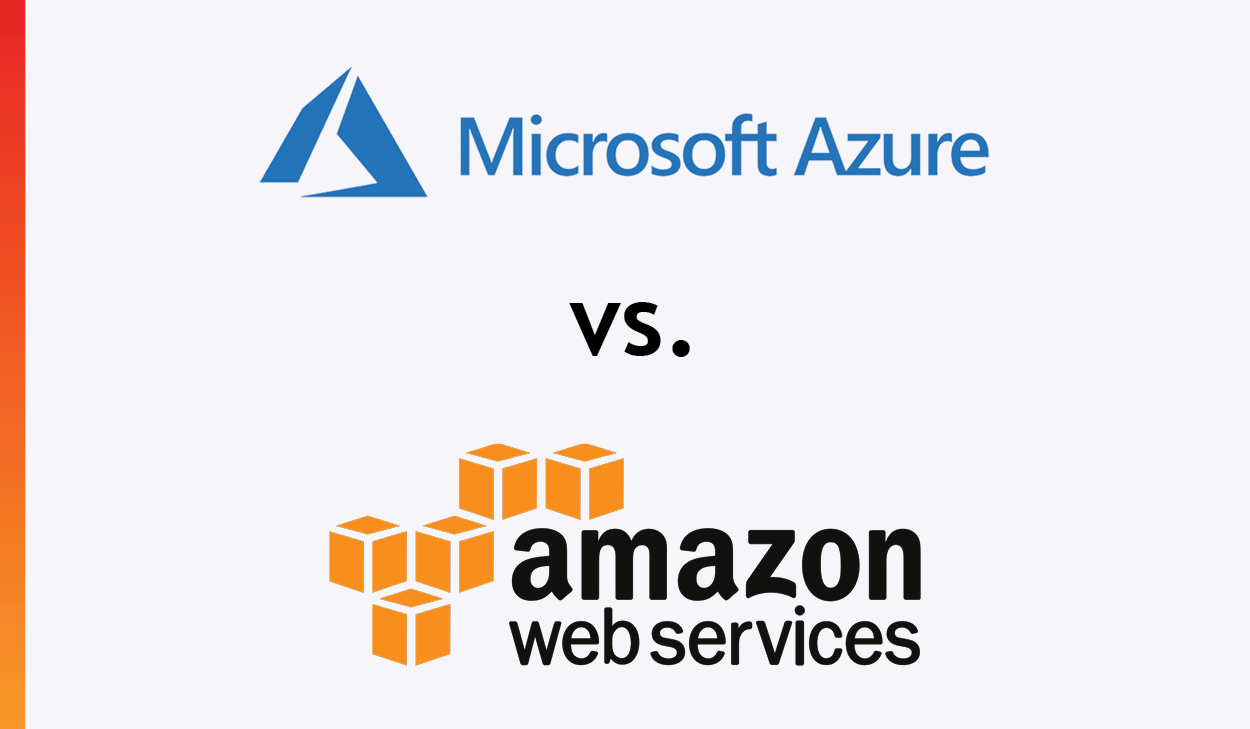The Future of Cybersecurity: Emerging Threats and Trends

In an increasingly digital world, the field of cybersecurity is in a constant state of evolution. As we observe Cybersecurity Awareness Month, it's essential to look beyond current threats and consider what the future holds for cybersecurity. Let’s delve into the evolving challenges and emerging trends that could shape the cybersecurity landscape in the coming years.
The Rise of AI-Driven Attacks
The transformative impact of Artificial Intelligence (AI) and machine learning within the realm of cybersecurity is undeniable, and their influence is poised for further growth. In the dynamic landscape of digital defense, the deployment of AI by cybercriminals is on the rise, leveraging automation and augmentation to craft more sophisticated attacks. Here are some potential scenarios through which AI-driven attacks could gain prominence:
- Smarter Phishing
AI-powered phishing attacks can generate highly convincing emails by analyzing a target's online presence and communication style. These emails are more likely to deceive recipients into revealing sensitive information. - Automated Vulnerability Scanning
AI-driven tools can scan vast networks for vulnerabilities and automatically exploit them, making it easier for attackers to compromise systems. - Adaptive Malware
Malware that uses AI can evolve and adapt to evade detection, making it more challenging for traditional antivirus software to keep up. - Deepfakes for Social Engineering
Deepfake technology can create compelling audio and video impersonations of individuals, which can be used for social engineering attacks or CEO fraud.
Preventing AI-driven cybersecurity attacks requires a comprehensive strategy that blends advanced technology, human awareness, and cybersecurity best practices:
- Employ AI and machine learning for real-time threat detection and pattern recognition.
- Implement network segmentation and behavioral analysis to stay informed about emerging threats through threat intelligence.
- Secure AI models against manipulation and maintain a robust incident response plan.
- Given the evolving nature of AI-driven threats, stay informed on the latest trends and collaborate with cybersecurity experts to further strengthen your defense against AI-driven cyberattacks.
Quantum Computing's Impact on Encryption
One of the most talked-about technological advancements in recent years is quantum computing. Quantum computers are a type of computing technology that harnesses the principles of quantum mechanics, enabling them to perform certain calculations significantly faster than typical computers. They use quantum bits or qubits, which can exist in multiple states simultaneously, allowing them to explore multiple solutions in parallel and potentially revolutionize fields like cryptography and complex simulations. While quantum computers promise incredible computing power and capabilities, they significantly threaten traditional encryption methods.
Current encryption protocols rely on the difficulty of solving complex mathematical problems. Traditional computers would take an impractical amount of time to crack these codes. However, quantum computers could potentially break encryption algorithms in a matter of seconds.
To prepare for this threat, the cybersecurity community is actively researching and developing quantum-resistant encryption methods. These cryptographic techniques are designed to withstand quantum attacks, ensuring data security in a post-quantum world.
IoT Security Challenges
The Internet of Things (IoT) presents an evolving and complex threat landscape for cybersecurity. IoT refers to the interconnected network of physical devices, ranging from everyday objects like smart thermostats and refrigerators to critical infrastructure components like industrial sensors and medical devices. While IoT brings unprecedented convenience and efficiency to our lives, it also introduces several security challenges.
These devices often lack robust security features, such as timely software updates and strong authentication mechanisms, leaving them vulnerable to exploitation. In the future, we can expect to see cybercriminals targeting IoT devices for various purposes, such as launching distributed denial-of-service (DDoS) attacks or infiltrating home networks to steal sensitive information. Securing IoT devices will become a top priority for both consumers and businesses in the coming years.
Cloud Security Evolution
As more organizations migrate their data and applications to the cloud, the security landscape is shifting accordingly. Cloud service providers have invested heavily in security measures, but the responsibility for securing data in the cloud is shared between the provider and the customer.
Future trends in cloud security may include:
- Zero Trust Architecture
A model that assumes no trust within or outside an organization and requires continuous authentication and authorization for access to resources, even within the corporate network. - Cloud-Native Security
Security solutions for cloud environments address unique challenges like container security and serverless computing. - Multi-Cloud Security
With many organizations adopting multi-cloud strategies, ensuring consistency and security across different cloud providers will be crucial.
Regulatory Changes and Compliance
Changes in regulations and compliance demands can create cybersecurity risks by shifting focus and resources away from proactive security measures, as organizations prioritize meeting evolving standards. Organizations may prioritize checkbox compliance without fully comprehending underlying security risks, potentially leaving vulnerabilities unaddressed. Moreover, regulations often struggle to keep pace with technological advancements, creating gaps in security requirements and a roadmap for cybercriminals who exploit anticipated compliance vulnerabilities. This complex regulatory landscape can lead to confusion, misunderstandings, and hasty decisions, further compromising cybersecurity.
To mitigate these threats, organizations must adopt a balanced approach. While compliance is crucial, it should not overshadow the importance of continuous security improvement. A proactive, integrated cybersecurity strategy that aligns with compliance mandates, monitors emerging threats, and prioritizes robust security practices is essential for effectively managing the cybersecurity challenges posed by evolving regulations.
Conclusion
Cybersecurity is an ever-evolving field, and staying ahead of emerging threats and trends is crucial for individuals and organizations alike. From quantum computing's impact on encryption to the rise of AI-driven attacks and the challenges posed by IoT and cloud security, the future promises both new opportunities and new risks.
As we observe Cybersecurity Awareness Month, let's remember that cybersecurity is a shared responsibility. By staying informed and proactive, we can help secure our digital future and protect our data and privacy in an increasingly interconnected world. Stay safe, vigilant, and cyber-aware!
How can Spruce help protect your organization?
At Spruce, we are your trusted partner in safeguarding your organization against the ever-evolving landscape of cybersecurity threats. Our commitment to staying ahead of the curve, guided by a team of seasoned experts and a continuous dedication to emerging technologies, ensures that we provide cutting-edge solutions to fortify your defenses. Whether it's anticipating and mitigating the impact of emerging threats, adapting to evolving regulatory changes, or preparing for the challenges posed by new technologies, our holistic approach to cybersecurity is designed to keep your organization secure in an increasingly interconnected world. Choose Spruce, and together, we'll proactively secure your digital future, ensuring the safety of your data and privacy. Stay safe, stay vigilant, and stay cyber-aware with Spruce.
Reach out to sales@sprucetech.com to learn more.

